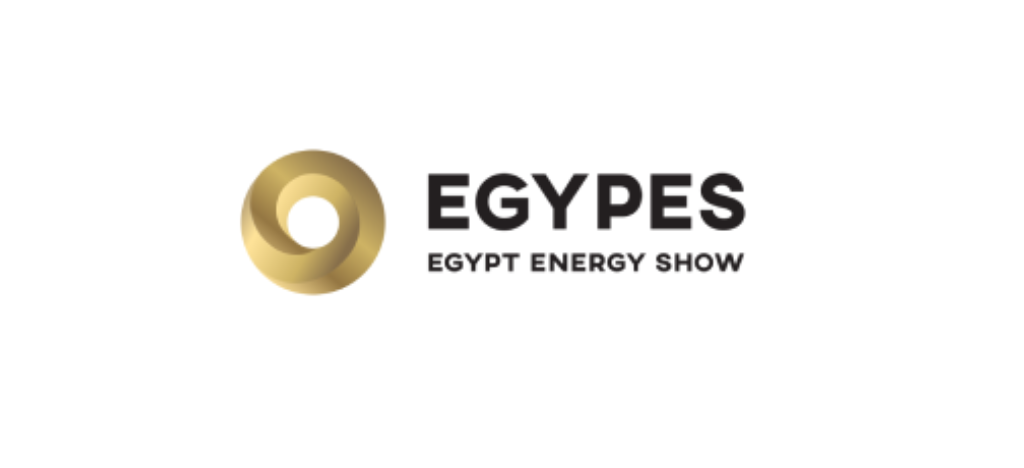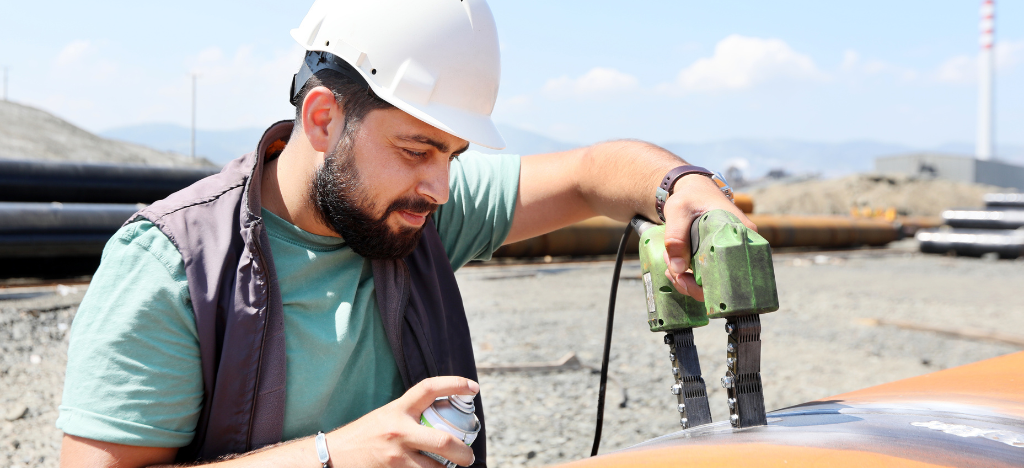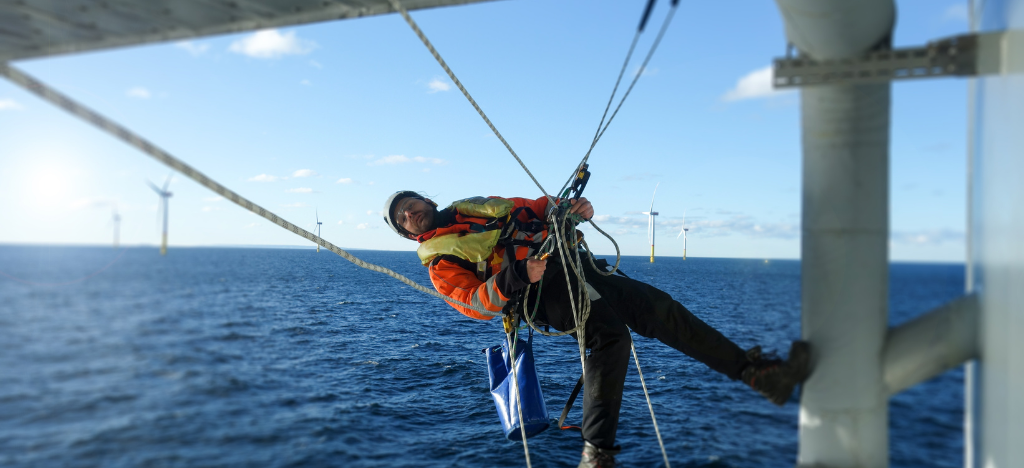Inspection and Maintenance of Drill Pipes
As we know, drill pipes play an important role in the oil and gas industry, without these pipes the oil companies can’t extract petroleum. These pipes steadfast against all the surrounding conditions pumping the fluid to the surface, and with such circumstances the drill pipe can be extremely affected which puts everyone’s lives in danger, that’s why it’s important to inspect drill pipes to prevent any possible threats.
In this article, we will walk you through everything you will need to know about the inspection and maintenance of drill pipes.
Types of Drill Pipes
Before start explaining the inspection of the drill pipes process, we need to know the basic types of drilling pipes:
1- Drill Strig: It refers to essential parts of any drill pipe such as the drill bit itself, keeping in mind that the drill pipe should be made from moderated steel to resist the environment itself.
2- Heavyweight Drill Pipe (HWDP): This type of pipe is designed to deal with added pressure or stress. It was designed to be stronger and more flexible than the regular drill pipe.
There are three categories in which any drill pipe can be classified:
- C-class Pipe: There are 3 classes in this category (C-1, C-2, C-3), depending on their rating, we can identify the lifespan of the drill pipe.
- N-class Pipe: It mainly refers to a new drill pipe with strong conditions.
- P-class Pipe: It refers to the premium pipe with normal (less than 80% and more than 60%) conditions.
What is Drill Pipe Inspection?
The importance of drill pipe inspection comes from the urge of finding a cost-effective solution because small problems can end up being catastrophic. The examination of the drill pipe is important to verify whether we can rely on these pipes or not, the inspection identifies the problems and the reliability of each part of the drill pipe.
Drill pipes are hollowly shaped which allows the drilling to be pumped down, and they come in different sizes, strengths, and wall thicknesses. It’s always important to inspect the drill pipe’s different elements, such as the collars, the rotary steerable, and the stabilizers.
What are the types of Drill Pipe Inspection?
There are a lot of inspections that can be done, depending on the drill place, such as pipe length measurement. According to the API standard, some of the drill pipe inspections are:
- Visual Inspection
- Ultrasonic scanning
- Magnetic particle inspection
- Liquid penetrant inspection
- Electromagnetic inspection (EMI)
These inspections can determine the obstacles and what the staff needs to change to keep things running smoothly and to overcome problems for a better workplace
What can cause Drill Pipe Failure?
There are multiple reasons behind a drill pipe failure, such as the following:
- Cycle Stress: Because of the directional wells, the drill string can experience cycle stress along the curvature of the well, the drill pipe’s lifespan will be significantly shortened by this problem, which places structural stress on the drill pipe.
- Damaged Drill Pipe Threads: These can be damaged due to several factors, such as improper storage, bad manufacturing, bad quality assurance, and adverse drilling conditions.
- Drill Pipe Fatigue: Typically, a combination of corrosion and cyclic stress is the reason behind this problem.
- Twist-off: This frequently happens as a result of excessive tightening or when directional drilling or extended-reach drilling encounters high torque.
- Pipe Sticking: There are two classifications of pipe sticking: differential pressure and mechanical pressure.
The differential-pressure pipe sticking happens when the drill string gets stocked in the mud.
The mechanical pipe sticking happens if drilled cuttings from the annulus are not entirely removed.
The drill pipe inspection should always be carried out in fulfillment of standards such as API, DS-1, and DS-2.

Why beXel’s Drill Pipe inspection software?
There is no question that technology has altered how the oil and gas sector operates. Inspection software is an affordable solution to aid with decision-making and profitability, as well as with asset optimization, productivity, efficiency, risk reduction, and operational and worker safety.
beXel is considered one of the top digital drill Pipe Inspection Software for Oil and Gas Production, so the Digital OCTG Inspection software module from beXel is guaranteed and 100% allows inspectors to perform and track drill pipe, tool, and OCTG (casing and tubing) inspections digitally and save the data to a secure cloud-based server.
What can beXel offer?
beXel offers many inspections software modules to satisfy the oil and gas industry’s needs:
- Drops Inspection
- Job Order Management
- Lifting Inspection
- NDT Inspection
- Tubular Inspection
- Desktop Offline App
- Asset Management Software
For more information on our services, you can request a demo.



